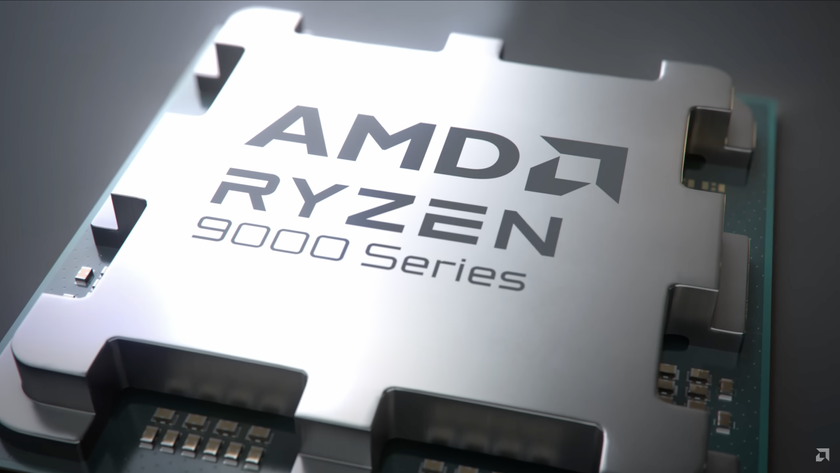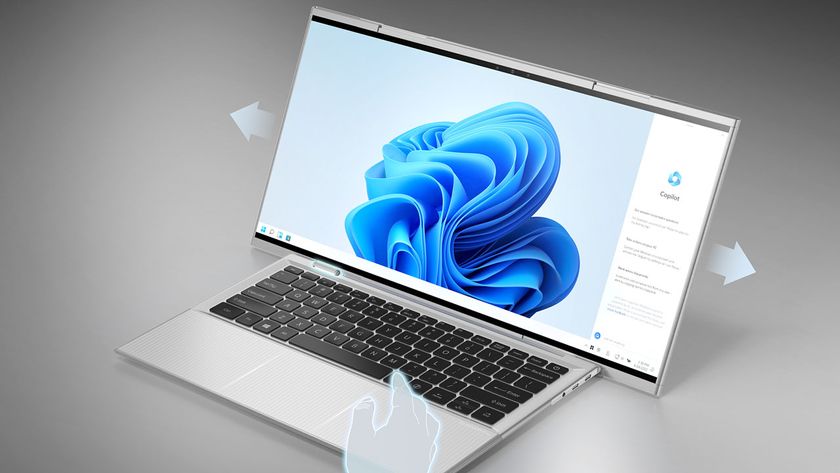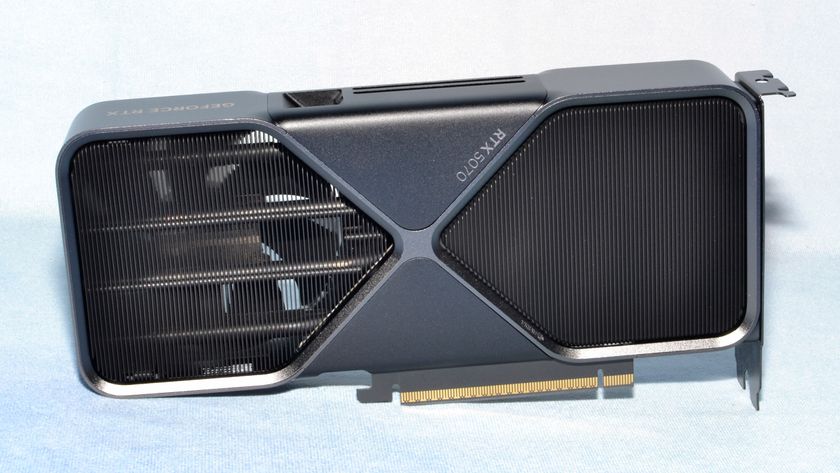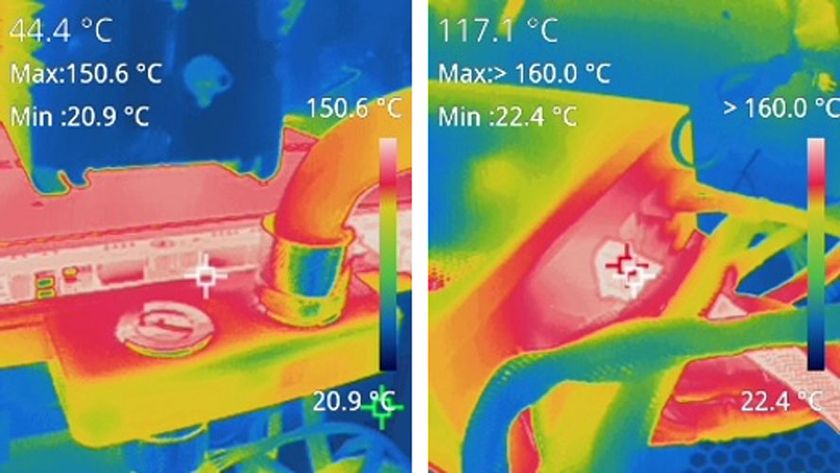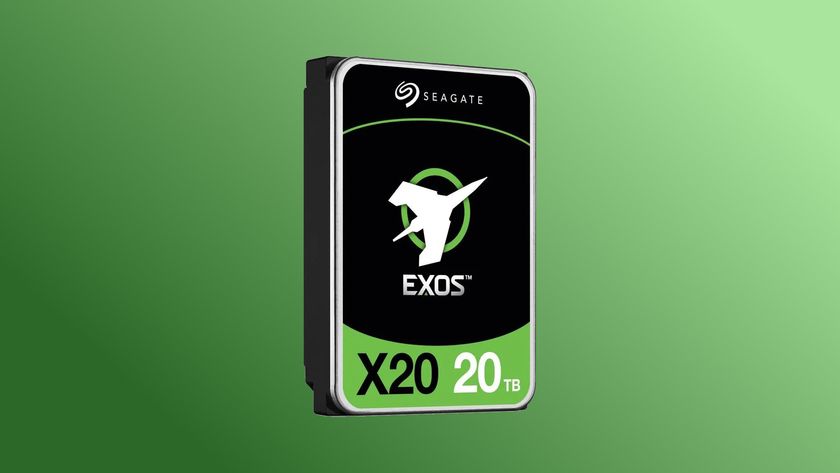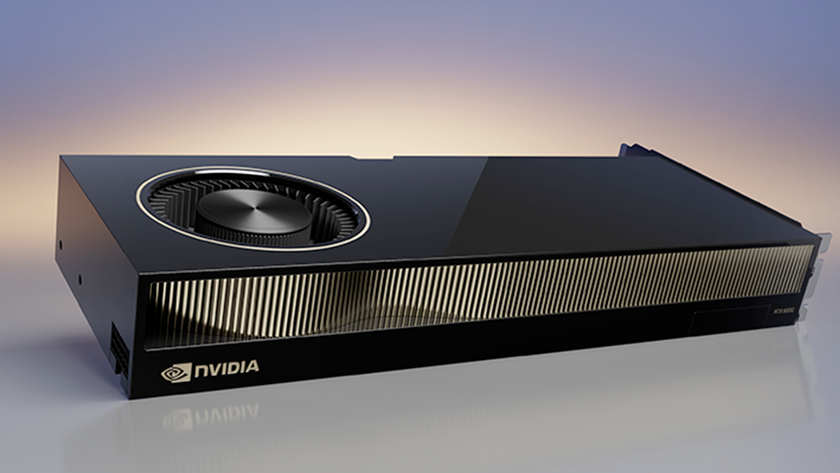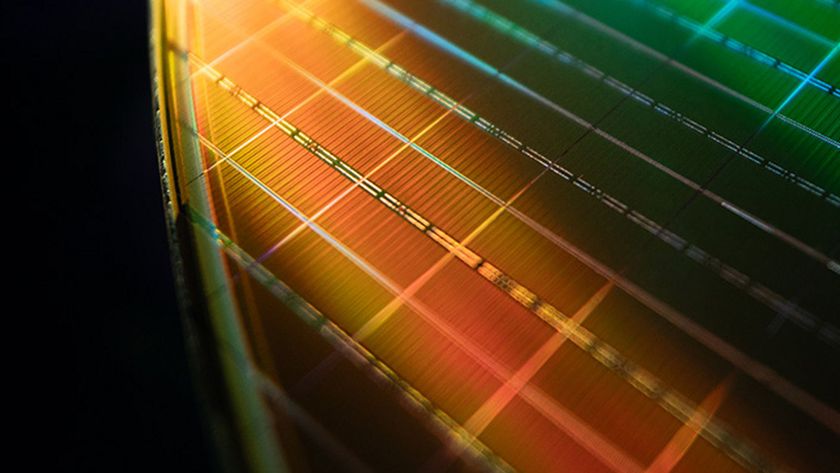Intel first to demonstrate 45 nm silicon
Santa Clara (CA) - Concerns are growing that the end of the scalability of silicon structures may come into sight in the next 10 to 15 years. But for now, Moore's law appears to be live and kicking as Intel today demonstrated the first working chips built in a 45 nm process. The announcement comes not even one month after the company rolled out its first 65 nm processors.
When Intel claims it is "one generation ahead" of the competition, the company does not necessarily refer to performance of a certain processor, but to its currently greatest asset in the microprocessor industry - its manufacturing technology. Shrinking chip structures allows the company to not only chip features, but also enhance the economics of a processor by increasing output and decreasing the material cost per die. With the first 65 nm processor already on the market, the company believes it has about a one year lead over AMD.
And Intel intends to keep its lead: While a 32 nm technology is currently developed in its research labs, the company today announced that it is holding the first working 45 nm silicon in its hands. As in preceding generations, Intel prototyped the technology with SRAM (Static Random Access Memory) chips.
"Being first to high volume with 65nm process technology and the first with a working 45nm chip highlights Intel's leadership position in chip technology and manufacturing," said Bill Holt, vice president and general manger of Intel's Technology and Manufacturing Group in a prepared statement. "Our 45nm technology will provide the foundation for delivering PCs with improved performance-per-watt that will enhance the user experience."
The first 45 nm SRAM chips have a capacity of 153 Mbit and carry more than 1 billion transistors on a die with a size of 110 sqmm. The memory cell size is 0.346 μm2, which is almost half the size of a 65 nm cell, according to Mark Bohr, director of process architecture and integration at Intel.
The company believes that 45nm process technology will allow chips with more than five times less leakage power than those made today. Mass production of 45 nm is expected to begin in the second half of 2007 - two years after the first 65 nm CPU's reached customer's hands.
Stay On the Cutting Edge: Get the Tom's Hardware Newsletter
Get Tom's Hardware's best news and in-depth reviews, straight to your inbox.
